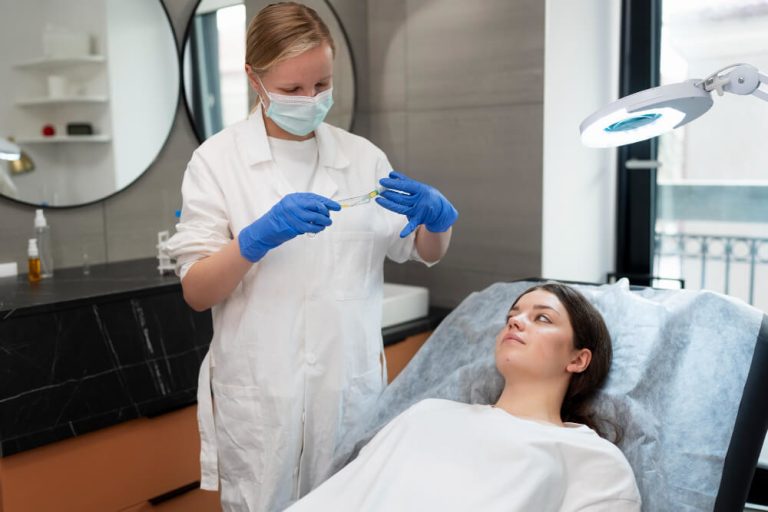Your Complete Guide to Gut Health Training: A Journey to Total Wellness
Have you ever felt that something was just ‘off’ with your health? Maybe it’s persistent bloating, unexplained fatigue, or a mood you just can’t seem to shake. Many of us look for complex answers when the root of the issue might be residing deep within our digestive system. The key to unlocking a new level of well-being could lie in understanding and nurturing your gut.
This is where the concept of gut health training comes into play. It isn’t a fad diet or a quick fix. Instead, it’s a comprehensive approach to rebalancing your inner ecosystem for long-term vitality. By learning how to support the trillions of microorganisms living in your gut, you can profoundly influence everything from your digestion and immunity to your mental clarity and energy levels. This guide will serve as your foundational map on this transformative journey.
Embarking on a path of dedicated gut health training empowers you to take control of these foundational aspects of your health. It involves learning about the foods that fuel your microbial allies, the lifestyle habits that protect them, and the science that backs it all up. Consider this your personal training program for achieving a resilient and thriving internal environment.
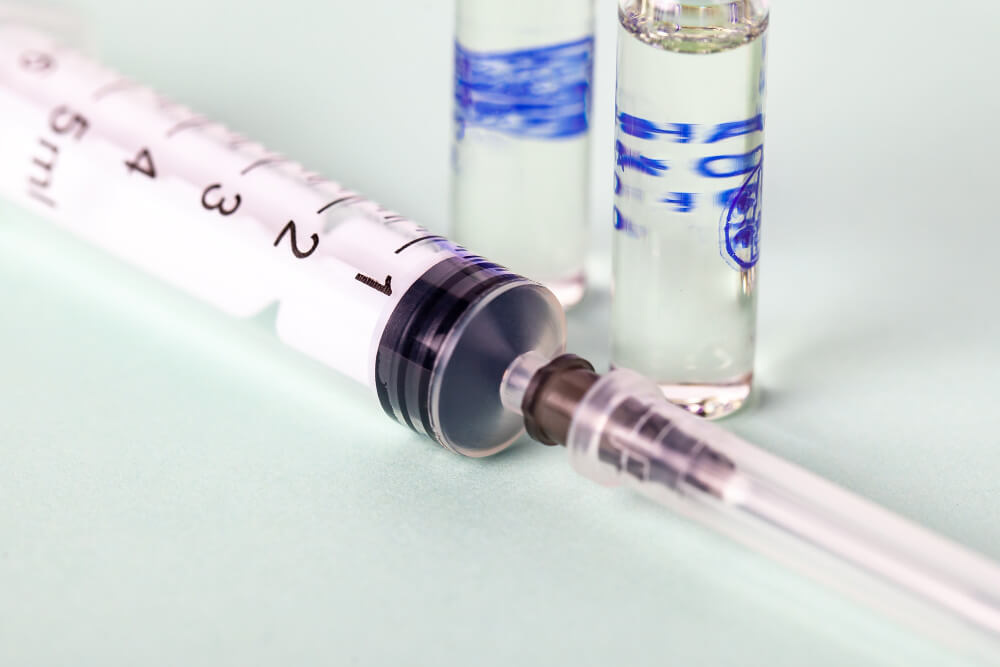
What Exactly Is the Gut Microbiome?
To understand gut health, you first need to meet the residents. Your gut, particularly your large intestine, is home to a bustling community of trillions of microorganisms. This community includes bacteria, viruses, fungi, and other microbes, and it’s collectively known as the gut microbiome. Think of it as a complex and diverse rainforest living inside you.
This internal ecosystem is so vast that the number of microbial cells is estimated to be on par with your human cells. Their collective genetic material outnumbers your own human genes by a significant margin. This isn’t an invasion; it’s a symbiotic relationship that has evolved over millennia. You provide them with a home and food, and in return, they perform tasks that are essential for your survival and well-being.
Not all bacteria are created equal, however. Your microbiome is composed of both beneficial microbes and potentially harmful ones. In a healthy state, these populations exist in a delicate balance. The beneficial bacteria help you digest food, produce essential vitamins like B12 and K, and protect against pathogens. The problems begin when this balance is disrupted, a condition known as dysbiosis.
Dysbiosis can occur for many reasons, including a poor diet, chronic stress, lack of sleep, or overuse of antibiotics. When harmful microbes begin to outnumber the beneficial ones, it can lead to a cascade of negative health effects that extend far beyond simple indigestion. This is why nurturing the diversity and balance of your microbiome is a cornerstone of modern health and wellness.

Why Should You Care About Your Gut Health?
Your gut’s influence stretches to nearly every corner of your body and mind. It’s not just a passive tube for processing food; it’s an active, intelligent system that communicates with your brain, commands a large part of your immune defenses, and dictates how you extract energy from your meals. Ignoring its health is like ignoring the foundation of a house; eventually, the entire structure can be compromised.
Taking care of your gut is a proactive measure for building resilience against a wide range of common health complaints. It’s about moving from a reactive state of managing symptoms to a preventative state of cultivating wellness from the inside out. Let’s explore some of the most critical connections between your gut and your overall health.

Can Gut Health Affect Your Digestion?
This is the most obvious connection. A balanced gut microbiome ensures efficient digestion and comfortable nutrient absorption. When things are in harmony, you experience regular, easy bowel movements and minimal discomfort after eating. The beneficial microbes in your gut help break down complex carbohydrates and fibers that your own body cannot digest on its own.
When dysbiosis takes hold, digestive chaos can ensue. You might experience chronic bloating, excessive gas, constipation, or diarrhea. These are often the first red flags that your internal ecosystem is struggling. Conditions like Irritable Bowel Syndrome (IBS) are intimately linked to the state of the gut microbiome, with research pointing to imbalances and a lack of microbial diversity as key factors. For those seeking deeper insights, understanding the advanced management of IBS using a functional approach can be a game-changer, moving beyond symptom suppression to address the root microbial causes.

How Does the Gut Impact Your Immune System?
Did you know that approximately 70 percent of your immune system is located in your gut? The gut-associated lymphoid tissue, or GALT, is the largest single mass of immune tissue in the body. It acts as a primary line of defense, constantly sampling material from the gut to decide what is a friend (food) and what is a foe (pathogen).
Your gut bacteria play a crucial role in training and modulating your immune cells. They help them learn to tolerate harmless substances while mounting a swift and effective attack against genuine threats. A healthy gut lining, a single layer of cells sealed by tight junctions, acts as a critical barrier. When this barrier becomes compromised, a condition often called ‘leaky gut’ or increased intestinal permeability can occur, allowing undigested food particles and toxins to enter the bloodstream. This can trigger systemic inflammation and is thought to be a contributing factor in autoimmune conditions.
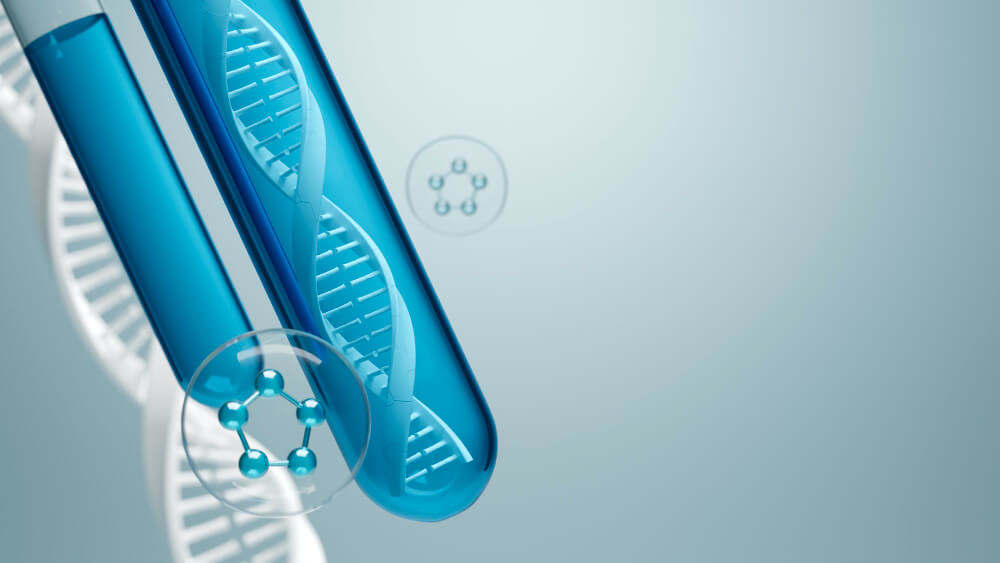
Is There a Link Between Your Gut and Your Brain?
Absolutely. The connection is so profound that the gut is often referred to as the ‘second brain’. This is due to the enteric nervous system, a complex network of neurons embedded in the gut wall that communicates directly with your central nervous system via the vagus nerve. This bidirectional highway is known as the gut-brain axis.
Your gut microbes are key players in this communication. They produce a vast array of neurochemicals, including about 95 percent of the body’s serotonin, a critical neurotransmitter for regulating mood. They also produce GABA, dopamine, and other compounds that influence anxiety, focus, and stress responses. An imbalanced microbiome can lead to altered production of these chemicals, potentially contributing to feelings of anxiety, depression, and brain fog. Learning how to build a healthy gut microbiome is one of the most powerful strategies for supporting both mental and physical health through this powerful axis.
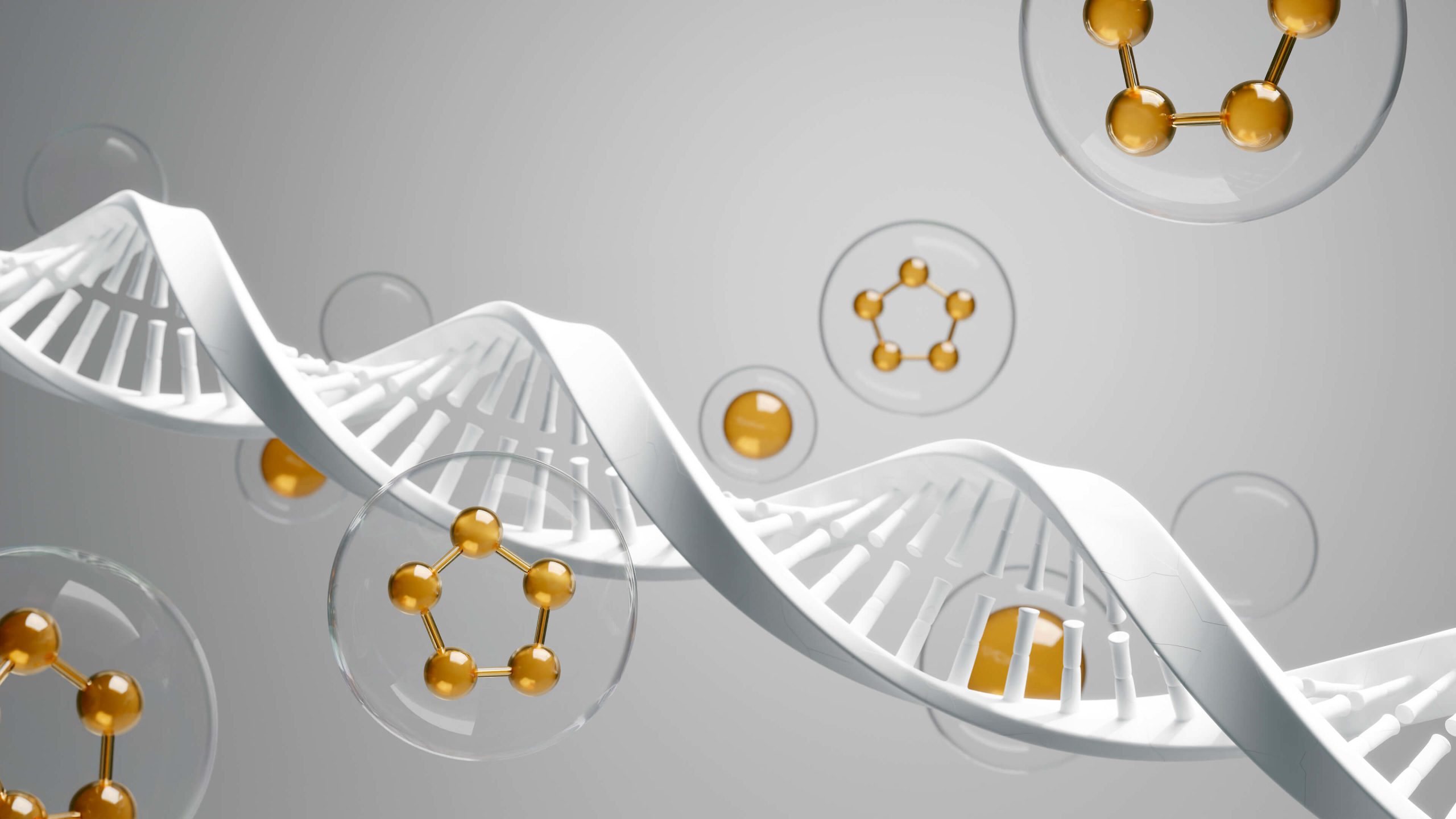
How Can You Start Your Gut Health Training?
Improving your gut health is an ongoing practice, not a one-time event. It involves making conscious, consistent choices every day that support your microbial allies. The good news is that your microbiome is highly responsive to change. You can begin to see positive shifts within just a few days of implementing new habits. The core of this training program revolves around diet and targeted supplementation.
Think of yourself as the gardener of your inner ecosystem. Your job is to provide the right fertilizer (prebiotics), plant a variety of seeds (probiotics and diverse foods), and weed out the things that cause harm (processed foods and sugar). With this mindset, nurturing your gut becomes an intuitive and rewarding process.

What Foods Should You Eat for a Healthy Gut?
Diversity is the single most important word when it comes to a gut-healthy diet. A wide variety of plant-based foods feeds a wide variety of beneficial microbes, leading to a more resilient and robust microbiome. Aim to ‘eat the rainbow’ not just for its vitamins and minerals, but for the diverse fibers and compounds that your gut bacteria thrive on.
Prebiotic fiber is a crucial component. These are indigestible fibers that pass through your upper digestive tract and act as food for the beneficial bacteria in your colon. Excellent sources of prebiotics include onions, garlic, leeks, asparagus, bananas, and whole grains. Including these foods regularly is like laying down fertilizer for your gut garden.
Polyphenols are another key group of compounds found in colorful plant foods. These are antioxidants that have a prebiotic-like effect, encouraging the growth of good bacteria while inhibiting some harmful strains. Find them in berries, dark chocolate, green tea, olive oil, and red wine in moderation.
Finally, fermented foods are a direct source of live beneficial bacteria, also known as probiotics. Foods like yogurt with live cultures, kefir, sauerkraut, kimchi, and kombucha can help introduce new beneficial strains to your gut community. For a reliable overview of what probiotics are and how they function, the National Institutes of Health provides excellent information on Probiotics: What You Need To Know.

Are There Specific Diets for Gut Healing?
For some individuals, especially those with significant gut-related symptoms or autoimmune conditions, a more structured dietary approach may be necessary for a period of time. These diets are typically designed to remove common irritants and inflammatory foods, allowing the gut lining to heal and the microbiome to rebalance. They are not meant to be permanent lifestyles but rather therapeutic interventions.
One of the most well-known is the Low-FODMAP diet. FODMAPs are specific types of carbohydrates that can be poorly absorbed in the small intestine, leading to fermentation that causes gas, bloating, and pain in sensitive individuals. This diet temporarily eliminates high-FODMAP foods and then systematically reintroduces them to identify personal triggers.
Other protocols, such as the Gut and Psychology Syndrome (GAPS) diet or the Autoimmune Protocol (AIP), are more intensive. They focus on eliminating grains, legumes, dairy, and processed sugars while emphasizing nutrient-dense foods like bone broth, fermented foods, and quality meats and vegetables. Because these diets are restrictive, gaining a deeper understanding through training on therapeutic diets like Low FODMAP, GAPS, and AIP is highly recommended for healthcare professionals looking to guide patients effectively and safely.
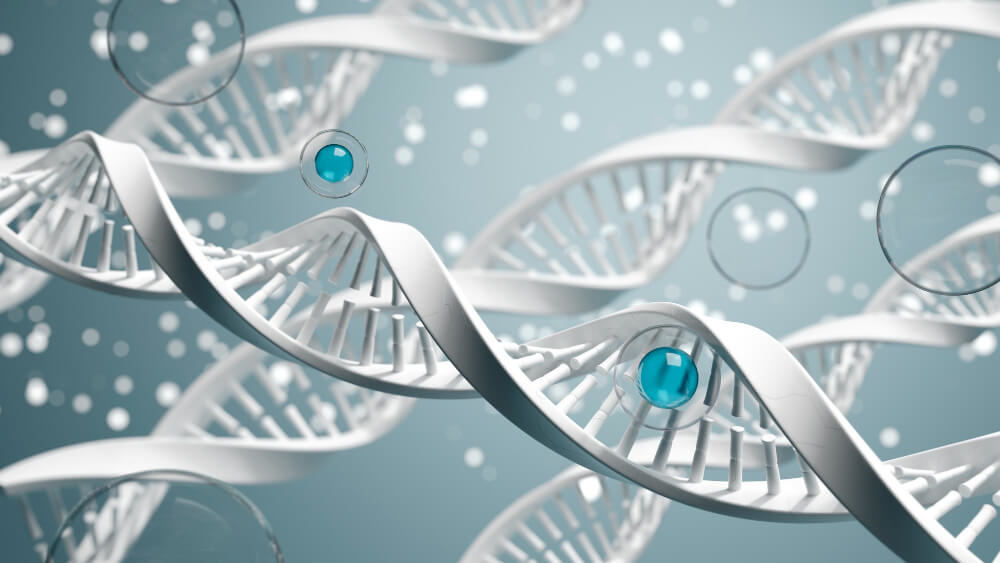
Do Probiotic Supplements Actually Work?
Walking down the supplement aisle can be overwhelming, with countless bottles of probiotics promising miraculous results. The truth is that while supplements can be a very useful tool, they are not a magic bullet. Their effectiveness depends heavily on the quality, the specific strains included, and the individual’s unique needs.
Probiotic supplements can be beneficial for restoring balance after a course of antibiotics, managing specific digestive symptoms, or supporting immune health. However, it’s crucial to look for products that specify the exact strains of bacteria they contain, as different strains have different proven benefits. The CFU count, or colony-forming units, indicates the number of viable bacteria, but more isn’t always better; the right strains are more important than the highest number.
It is also important to remember that a supplement cannot outdo a poor diet. Probiotics need a healthy, fiber-rich environment to survive and thrive. For an independent, science-backed analysis of what the research says about different strains and their effects, you can review Examine’s research on probiotics, which provides a clear, unbiased perspective on their use.

What Lifestyle Factors Influence Your Microbiome?
Your gut health is not just about what you eat. Your daily habits, stress levels, and sleep patterns create the overall environment in which your microbiome exists. You can have a perfect diet, but if other areas of your life are out of balance, your gut health will still suffer. Integrating positive lifestyle changes is a non-negotiable part of comprehensive gut health training.

How Does Stress Affect Your Gut?
Chronic stress is one of the most potent disruptors of gut health. When you’re stressed, your body releases cortisol, the primary stress hormone. Elevated cortisol can decrease blood flow to the gut, alter gut motility, and increase the permeability of the gut lining, contributing to that ‘leaky gut’ scenario. This creates an environment where harmful bacteria can flourish.
The gut-brain axis is a two-way street. Stress negatively impacts the gut, and an unhealthy gut can send signals to the brain that amplify feelings of stress and anxiety. To break this cycle, incorporating stress management techniques is essential. Practices like meditation, deep breathing exercises, yoga, or simply spending time in nature can lower cortisol levels and support a healthier gut environment.

Does Sleep Quality Matter for Gut Bacteria?
Your gut microbes have their own circadian rhythm, just like you do. This rhythm is influenced by your eating schedule and your sleep-wake cycle. When you have a consistent sleep schedule, your gut microbes can perform their regular ‘housekeeping’ duties, such as repairing the gut lining, in a predictable and efficient manner.
Poor or insufficient sleep throws this rhythm into disarray. Studies have shown that even just a couple of nights of bad sleep can alter the composition of the gut microbiome, reducing the number of beneficial strains. This disruption can lead to increased inflammation and insulin resistance. Prioritizing 7-9 hours of quality sleep per night is a powerful, free, and often overlooked tool for nurturing your gut.

What About Exercise and Gut Health?
Regular, moderate physical activity is fantastic for your microbiome. Exercise has been shown to increase the diversity of your gut bacteria and promote the growth of species that produce butyrate, a short-chain fatty acid. Butyrate is the primary fuel source for the cells lining your colon and has powerful anti-inflammatory effects throughout the body.
However, balance is key. While moderate exercise is beneficial, excessive or extreme endurance training can have the opposite effect. It can act as a major physical stressor, increasing cortisol and intestinal permeability, and temporarily diverting blood flow from the gut. The goal is consistent, enjoyable movement like brisk walking, cycling, swimming, or dancing, rather than pushing your body to its absolute limit every day.
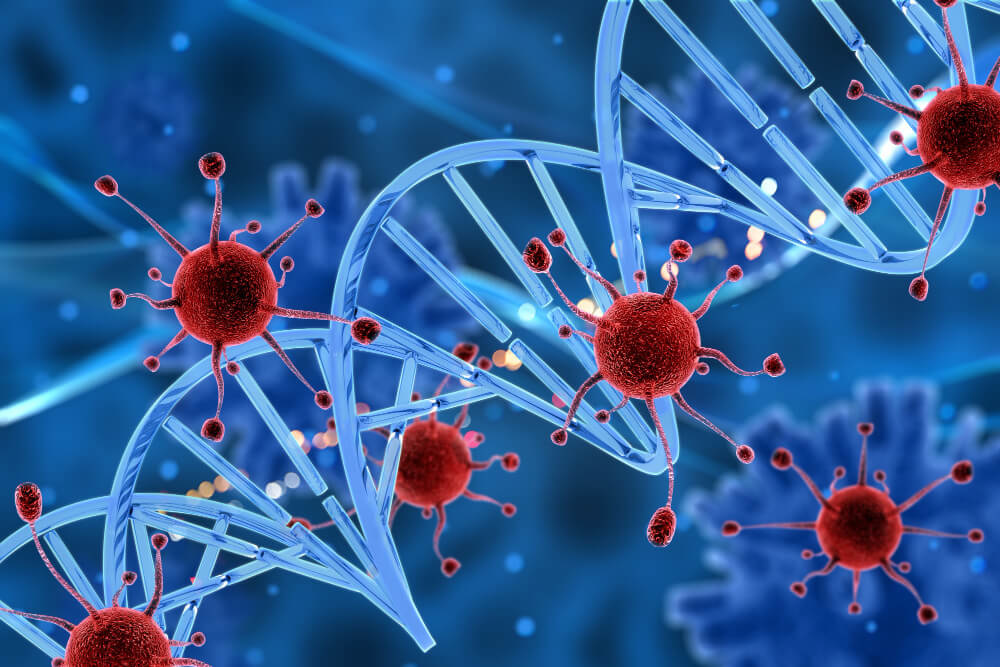
What Is the Future of Gut Health Research?
We are only at the beginning of understanding the microbiome’s true complexity and power. The field is exploding with new research that is refining our approaches to health and disease. The future of medicine will undoubtedly involve a much greater focus on this internal ecosystem, moving towards highly personalized interventions.
One of the most exciting frontiers is personalized nutrition. Soon, it may be common to get your microbiome sequenced to receive dietary recommendations tailored specifically to your unique microbial makeup. This could explain why one person thrives on a certain diet while another does not. The science is complex, as highlighted in journals like Nature, which often discusses how much we still have to learn about how diet shapes the gut, as detailed in this article from Nature.
Research is also expanding beyond prebiotics and probiotics to include postbiotics. These are the beneficial compounds, like butyrate, that are produced by your microbes when they digest fiber. The idea is that providing these compounds directly could offer therapeutic benefits. Furthermore, the principles of cellular health and systemic inflammation, which are so heavily influenced by the gut, are being applied to novel regenerative therapies. For instance, understanding how to manage inflammation is a core concept behind therapies using exosomes for sexual dysfunction, showing how foundational health principles have far-reaching applications.
Ultimately, gut health training is about recognizing the profound connection between your daily choices and your long-term vitality. It’s a journey of self-awareness and empowerment, giving you the tools to build a foundation of health that will serve you for a lifetime. By tending to the garden within, you cultivate wellness that radiates outward, impacting every aspect of your life.
Frequently Asked Questions

How long does it typically take to see skin improvements after starting a gut-healing protocol?
The timeline for seeing visible skin improvements can vary significantly from person to person, as it depends on factors like the severity of the skin condition, the individual’s baseline gut health, and consistency with the treatment plan. Generally, patients may begin to notice initial, subtle changes within 4 to 6 weeks, such as reduced redness or less frequent breakouts. More substantial and lasting improvements often take three to six months of dedicated effort.
Remember that healing the gut-skin axis is a gradual process, not an overnight fix. It involves repairing the gut lining, rebalancing the microbiome, and calming systemic inflammation, all of which take time. Patience is crucial, as the skin is often one of the last organs to show the benefits of improved internal health, following a sequence where the body prioritizes other vital functions first.
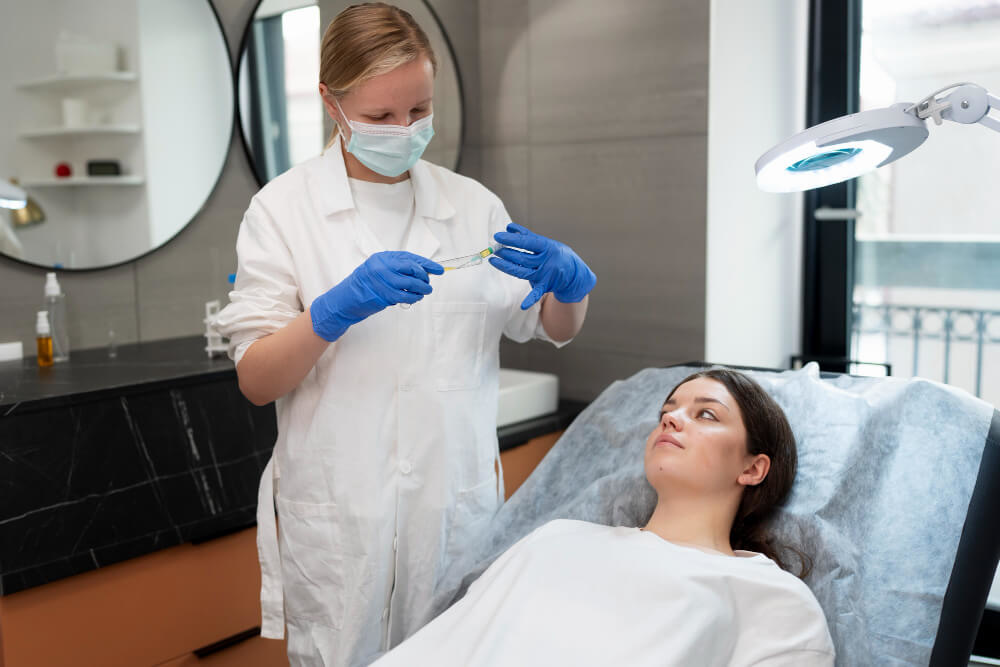
Besides diet, what other lifestyle factors are crucial for supporting the gut-skin axis?
While diet is a cornerstone of any gut-skin treatment model, other lifestyle factors are equally critical for success. Chronic stress is a primary contributor to both poor gut health and skin inflammation, as it can increase intestinal permeability (leaky gut) and spike inflammatory hormones like cortisol. Implementing consistent stress-management techniques such as mindfulness, meditation, or gentle yoga is essential for calming this pathway.
Furthermore, prioritizing adequate sleep is non-negotiable for repairing and maintaining both the gut and skin barriers. During deep sleep, the body undergoes critical repair processes and regulates inflammatory responses. Similarly, regular, moderate exercise has been shown to positively influence gut microbial diversity and reduce stress, making it another powerful tool for supporting a healthy gut-skin connection.
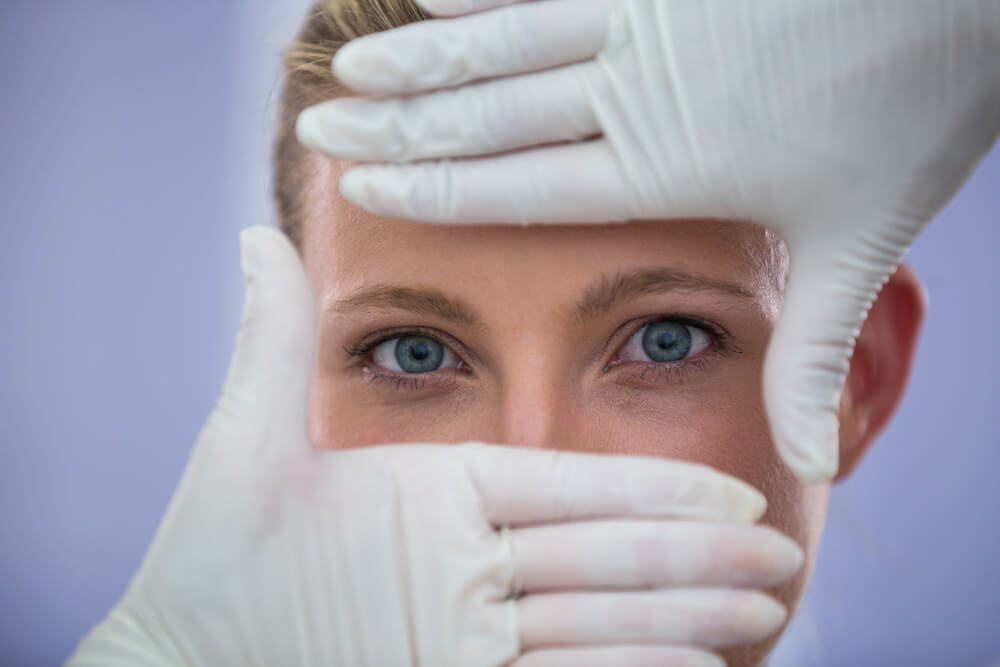
Are specific lab tests necessary to create an effective gut-skin treatment plan?
While a clinical treatment plan can begin based on symptoms and health history, targeted lab tests can provide invaluable data for a more personalized and effective protocol. A comprehensive stool analysis, for instance, can offer a detailed picture of your gut microbiome, identifying microbial imbalances, infections, or markers of inflammation and malabsorption. This information allows a practitioner to move beyond guesswork and address the specific root causes of your gut dysfunction.
Other functional tests may also be recommended to complete the clinical picture. For example, food sensitivity testing can help identify immune-triggering foods that contribute to leaky gut and skin inflammation, while an Organic Acids Test (OAT) can reveal metabolic imbalances or yeast overgrowth. Using this objective data helps tailor dietary, supplement, and lifestyle interventions for faster and more durable results.
Discover the most comprehensive functional medicine training, longevity training, and biohacking certification programs designed specifically for healthcare professionals, medics, and clinic owners who want to master regenerative medicine protocols and anti-aging therapies.


